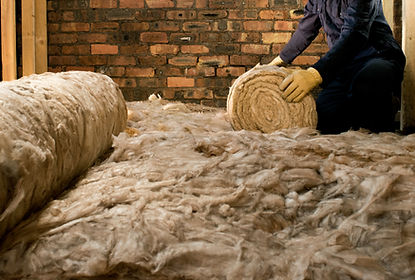Celebrate our 25th Anniversary with Savings! Enjoy 30% Off Today ! - Act Fast!
OUR SIMPLE GUIDE TO BUILDING
A CONTAINER HOME
Chapter 9.
INSULATION
“Hot is not the best”
Insulation
With the new frames in place you can now place Insulation in the walls to keep your new home cool in summer and warm in winter.
Insulation acts as a barrier to heat flow and is essential for keeping your home warm in winter and cool in summer. A well-insulated and well-designed home provides year-round comfort, cutting cooling and heating bills by up to half. This, in turn, reduces greenhouse gas emissions.
Climatic conditions influence the appropriate level and type of insulation. Establish whether the insulation is predominantly needed to keep heat out or in (or both). Insulation must cater for seasonal as well as daily variations in temperature.

Use passive design techniques in conjunction with insulation. For example, if insulation is installed but the house is not properly shaded, built-up heat can be kept in by the insulation, creating an ‘oven’ effect.
Draught sealing is also important, as draughts can account for up to 25% of heat loss from a home in winter.
Insulation can help with weatherproofing and eliminate moisture problems such as condensation; some types of insulation also have soundproofing qualities.
Under the Building Code of Australia (BCA), the required total R-values for the building fabric vary depending on climate zone and the building site’s height above the Australian Height Datum. Ensure you comply with the BCA requirements for energy efficiency of building fabric.
Simon Say’s “External walls should be insulated”
External walls should be insulated to reduce radiant, conducted and convected heat transfer.
Wall insulation can be installed:
-
within cavities
-
within stud frames
-
on the outside of stud frames
-
on the inside or outside of solid walls